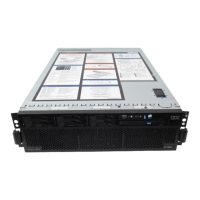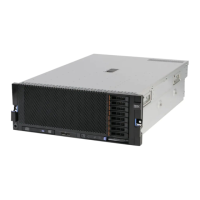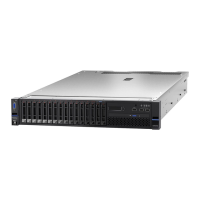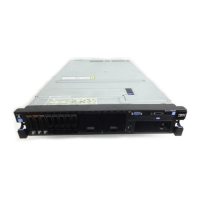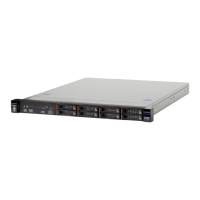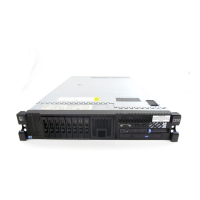Chapter 6. IBM System x3850 X5 and x3950 X5 259
6.9 UEFI settings
The Unified Extensible Firmware Interface (UEFI) is the interface between the operating
system (OS) and platform firmware. UEFI provides a modern, well-defined environment for
booting an OS and running pre-boot applications.
UEFI is effectively the replacement for BIOS. BIOS has been around for many years but was
not designed to handle the amount of hardware that can be added to a server today. New IBM
System x models and BladeCenter Blades implement UEFI to take advantage of its advanced
features.
The UEFI page is accessed by pressing F1 during the system initializing process, as shown
on Figure 6-37.
Figure 6-37 UEFI window on system start-up
If you use the factory defaults UEFI settings, the machine works in a either a 1-node, 2-node,
or 1-node with MAX5 configuration. You can also change UEFI settings to meet your system
requirements. In this section, we provide an overview of the UEFI settings for tuning your
system for performance.
For an explanation of each setting, see 2.7, “UEFI system settings” on page 36.
You can use the Advanced Settings Utility (ASU) tool to change the UEFI settings values.
ASU exposes more settings than the settings accessed using the F1-Setup panel. For more
information about ASU, see 9.7, “Advanced Settings Utility (ASU)” on page 495.
Table 6-8 on page 260 provides an overview of the most common UEFI settings for optimizing
system performance.
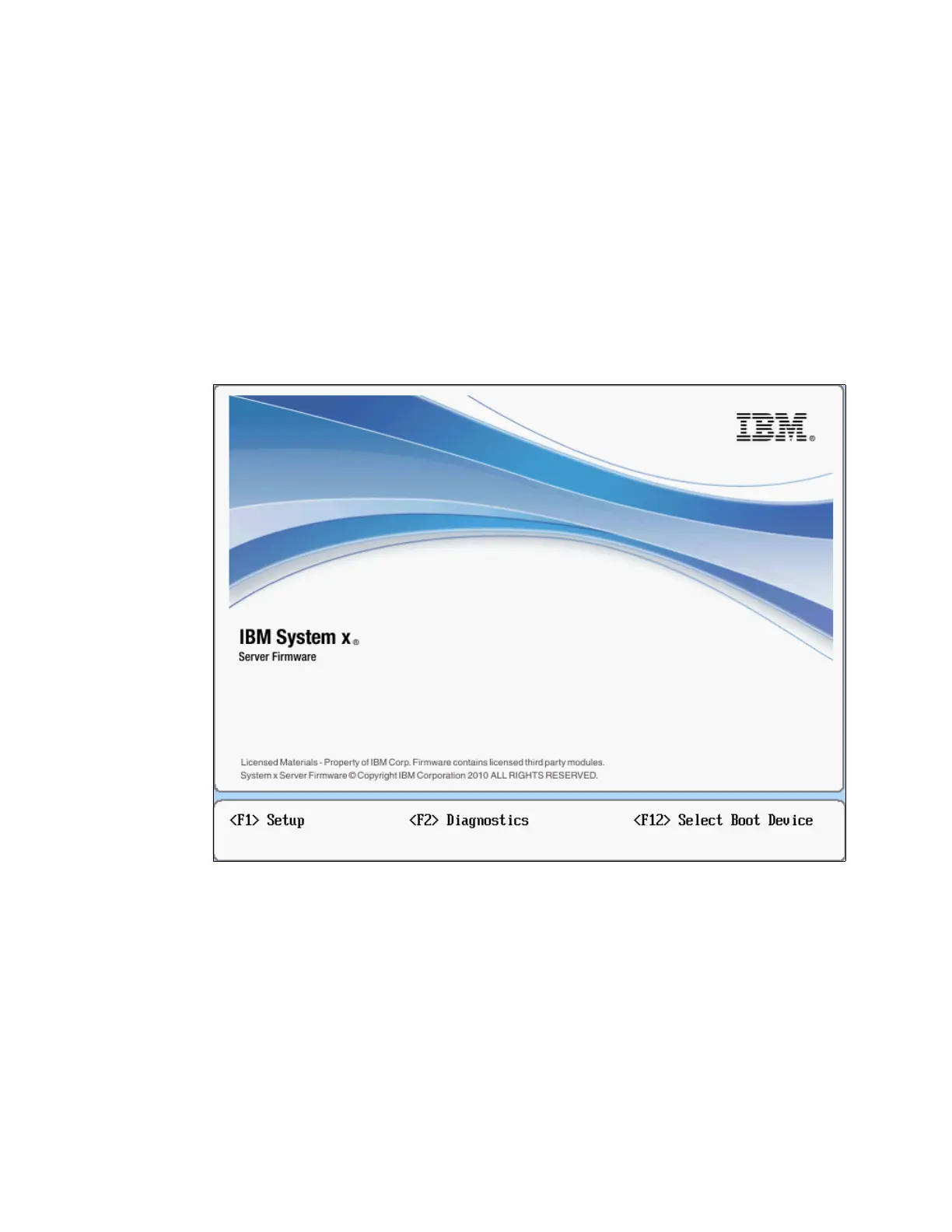